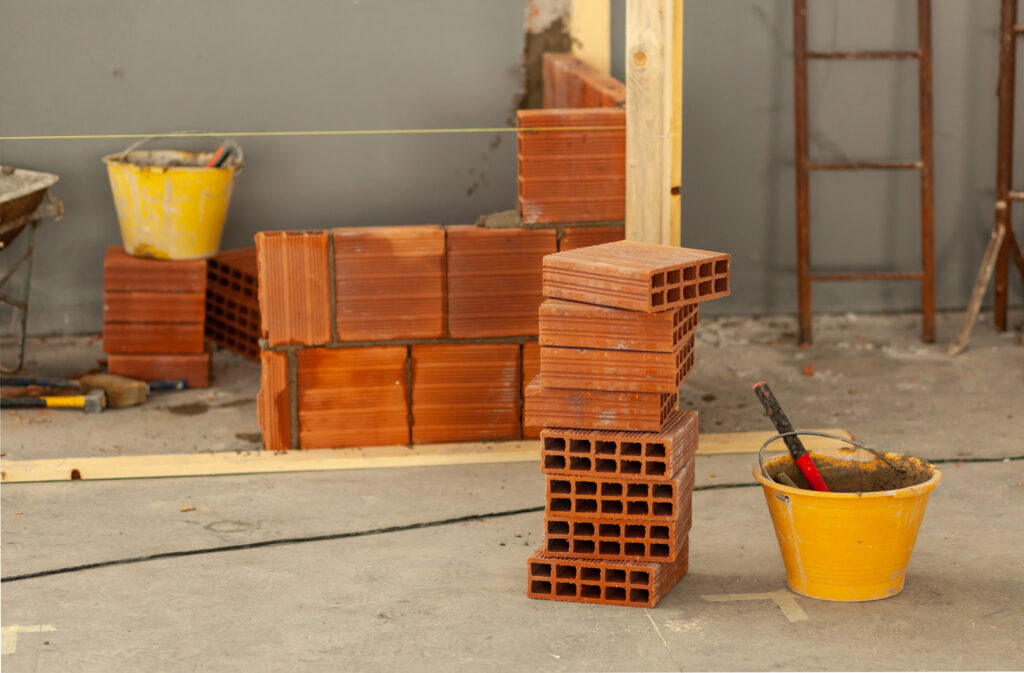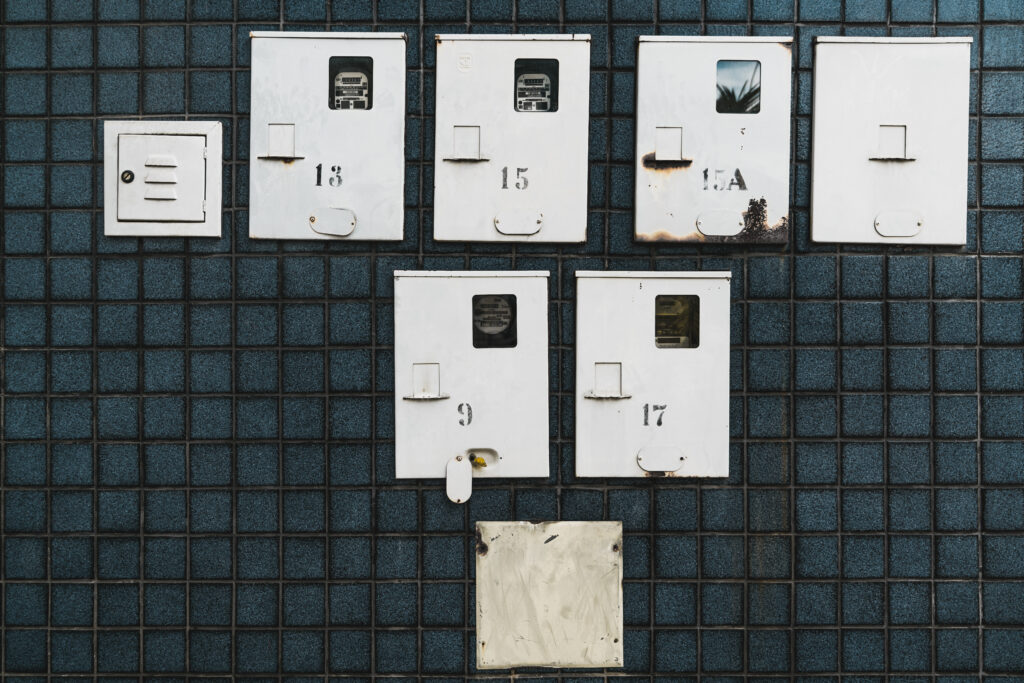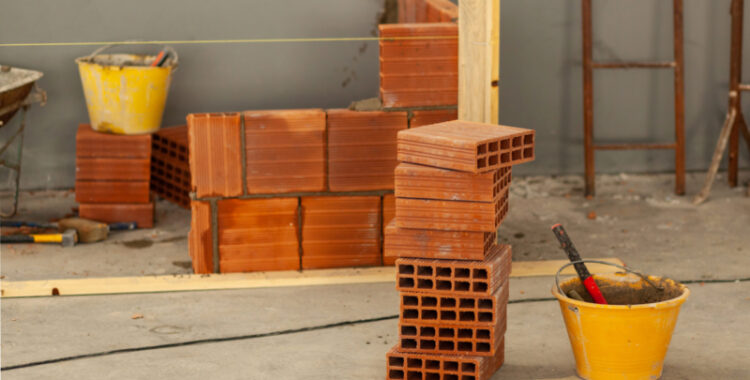Buy the adjoining house and turn it into one
We may gain meters and enhance well-being in our house by combining two adjoining properties into a single one, but how is this change made and how does it affect us?
When our primary home runs out of room, we have two options: buy a larger home or buy the neighbouring property and annex it to ours. Whether two houses are at the same height or at different levels, they can be joined. Although it is true that it is necessary to consider certain legal, formal, and technological requirements before making this choice.
The legal union can even be formed after the property has been changed by informing the change in the Property Registry.
How do you join two houses?
From a legal perspective, we must get the community of owners’ consent (if applicable), a technical construction project approved by an architect, and the necessary building license from the local council permitting the two houses to be joined in order to carry out the work.
This sort of action is governed by the Horizontal Property Law (LPH), which states that three-fifths of the owners must consent in order to carry out a reform of these features. So one of the first steps is to inform the community of neighbours our plans to combine two homes.
In order to unite two houses, it will be necessary to have the approval of three-fifths of the community of owners –
Once the project has received approval, you should get in touch with the qualified specialist who is in charge of writing the technical project. This feature is important since it’s likely that the building’s structural components, such as load-bearing walls or common spaces, will need to be changed throughout the reform.
Additionally, using the services of this skilled professional may be quite beneficial since he will offer suggestions for effectively joining two properties together. It is essential to keep in mind at this point that the legal and technical restrictions will change depending on whether the properties are on the same floor or separate levels.
Finally, in order to complete the segregation works, it will be essential to possess the relevant municipal licenses. It will be essential to pay the rate for urban acts and the Tax on Constructions, Installations, and Works in order to receive this permission (ICIO).

What does the formal joining of two houses mean?
It will be important to change the properties’ cadastral references in the Property Registry when the two homes are physically united. In this approach, we will be able to prove that the homes were united following the reform and that we now just have a cadastral reference.
In other words, when the grouping project is completed, the old cadastral references will vanish and a new reference will be given to the resulting residence. What steps are taken to formally reunite?
The resulting home will require a new habitability cell.
Modify your property record registration. Change the cadastral registration.
Tax deductions and taxes
It’s one of the benefits of real estate’s legal union that you may choose to receive discounts for your starter house or primary dwelling. It is clear that both properties could not be included in this category as distinct entities.
The payment of property taxes will also be impacted. This relates to municipal rates, which can include a variety of services including sewerage, public lighting, and rubbish collection.
Considering that each property is responsible for paying these taxes on its own, having one house rather than two will result in financial savings.
According to the new cadastral reference of the resultant dwelling, a new price for the IBI will be incurred.


Unification of supplies
To save money on the monthly payment of these kinds of bills, the receipts for some fundamental services, like electricity, water, gas, or house insurance, can be combined. It must be remembered, nonetheless, that the two properties’ formal union also comes with costs for notarial and registrar services.
Community fees
The owner of the new home will have to continue to meet his obligation to pay the corresponding fee to the community of owners.
However, it will be necessary to agree on a modification of the same, since with the unification there will only be a single dwelling.
If, finally, the needs change again over time and we want to separate both properties, it will be possible to do so. It is a reversible situation, through a process very similar to the one we have just discussed, the unification can be dissolved.
There are cases in which the division of properties can be beneficial, for example, the need to sell the home. In this case, the sale may be easier if we have two houses instead of one large one.

It is technically and legally challenging to combine two adjacent residences, even if it is technically conceivable. Given that some areas, like the kitchen and toilets, will be used often, reorganizing the space might be difficult. This is why having a strong technical staff may make things much easier. Additionally, it is usually essential to carefully consider each circumstance, so if you are considering carrying out this operation, you can always speak with a lawyer who focuses on real estate issues. From SGM Abogados we can help you. Don’t hesitate to contact us through filling up the form or email us info@sgmlegalspain.com















